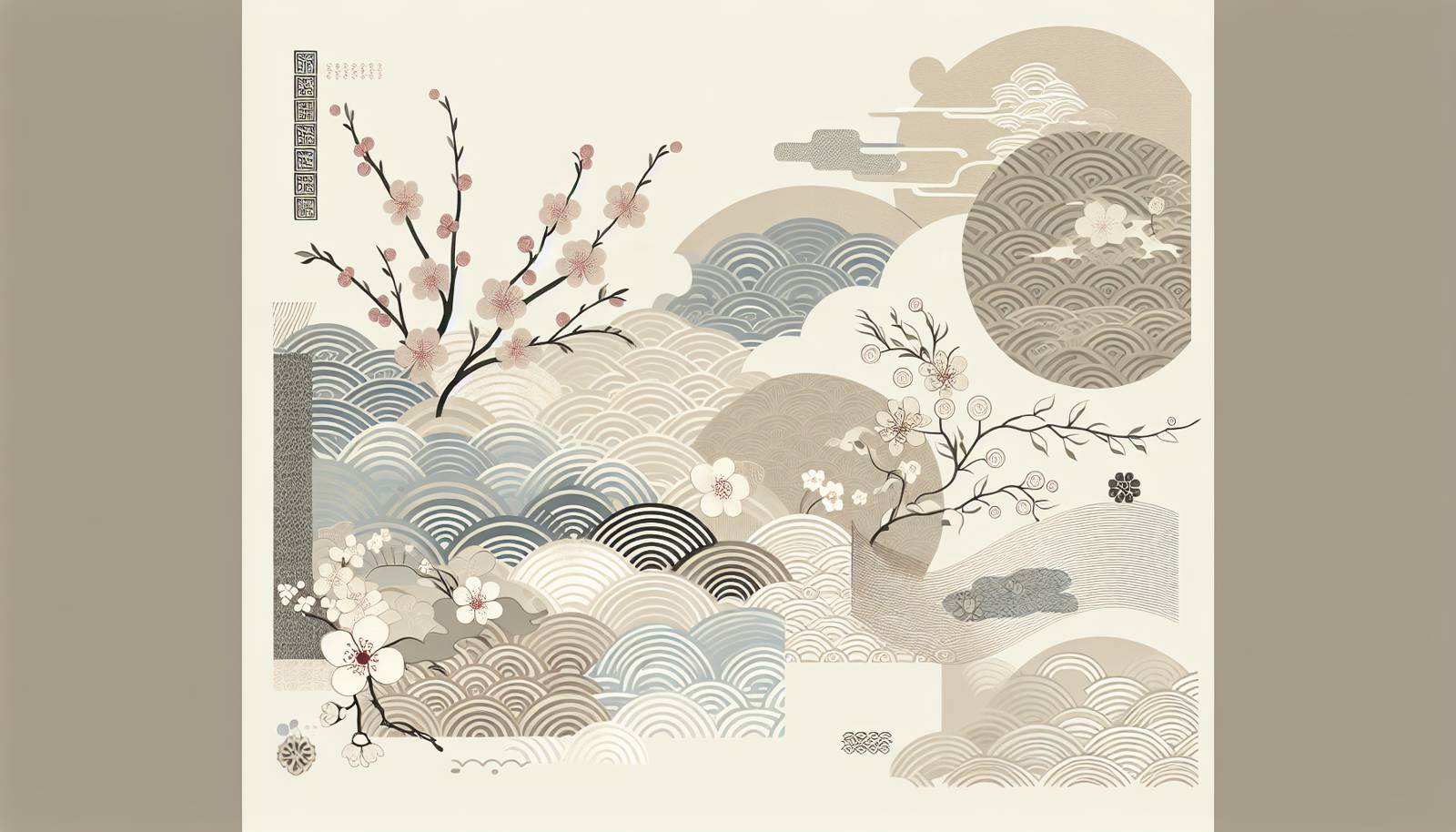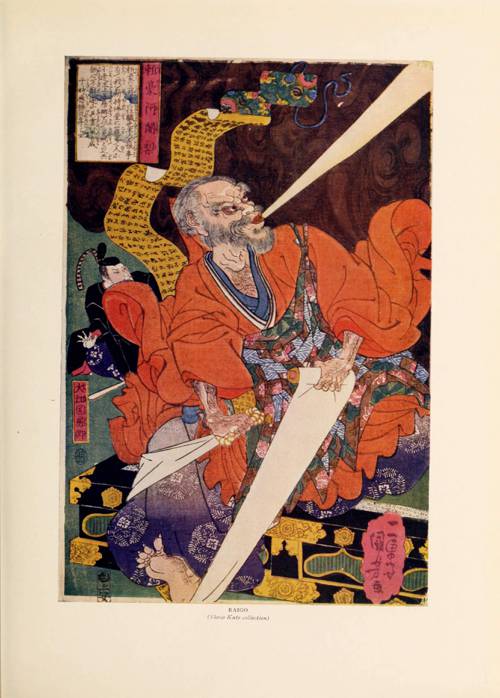
FAQ About The Evolution of Japonism in Western Art

What is Japonism?
Japonism refers to the influence of Japanese art, culture, and aesthetics on Western art. It became prominent in the late 19th and early 20th centuries, especially after Japan opened its trade to the West in the 1850s. This movement affected various forms of art including painting, interior design, and fashion.

How did Japonism start in Western art?
Japonism started after Japan ended its isolationist policy in 1853, allowing Western countries to trade with and visit Japan. This led to an influx of Japanese goods and art forms into Europe and America, profoundly influencing Western artists who admired the unique Japanese aesthetic.

Which artists were most influenced by Japonism?
Many Western artists were influenced by Japonism, including Vincent van Gogh, Claude Monet, Edgar Degas, and Mary Cassatt. These artists incorporated Japanese techniques and perspectives into their works, often evident through the use of asymmetrical compositions, vibrant colors, and flat planes.

What aspects of Japanese art influenced Western artists during Japonism?
Key aspects of Japanese art that influenced Western artists included the use of flat space without perspective, asymmetrical compositions, bold color contrasts, and motifs from nature such as birds, flowers, and landscapes. Ukiyo-e woodblock prints were especially influential.

Can Japonism be seen in contemporary Western art?
Yes, Japonism continues to influence contemporary Western art, though more subtly than during its peak. Modern artists and designers often incorporate elements reminiscent of Japanese minimalism and traditional patterns into their work.

How did Japonism influence the Impressionist movement?
Japonism played a significant role in the development of the Impressionist movement. Impressionists admired Japanese art for its emphasis on light and color, and they adopted its techniques to explore new ways of capturing movement and atmospheric effects.

What are ukiyo-e prints and their significance in Japonism?
Ukiyo-e prints are a genre of Japanese woodblock prints that flourished between the 17th and 19th centuries. These prints, depicting landscapes, tales, and beautiful women, greatly influenced Western artists during the Japonism movement, who were inspired by their striking compositions and use of color.

Did Japonism have any influence beyond visual arts?
Yes, Japonism also influenced other areas such as music, literature, and architecture. The appreciation for Japanese culture and art inspired Western composers, writers, and architects to incorporate Japanese themes and styles into their creations.

How did Japonism affect fashion in the West?
The influence of Japonism on Western fashion was significant. Designers incorporated Japanese styles, such as kimono-like jackets, obi sashes, and geometric patterns, into European and American fashion. This trend is evident in the late 19th and early 20th centuries.

Were there any critics of Japonism during its rise?
While Japonism was generally celebrated, some critics viewed it as a superficial trend that exoticized Japanese culture. They argued that it sometimes led to cultural appropriation rather than a true understanding and appreciation of Japanese art.

Did Japonism contribute to the Art Nouveau movement?
Yes, Japonism significantly contributed to the Art Nouveau movement, providing stylistic elements such as curvilinear lines, natural forms, and organic motifs. The movement embraced detailed decorations and nature-inspired designs often found in Japanese art.

How did the introduction of Japanese art influence Western commercial art?
The introduction of Japanese art influenced Western commercial art by inspiring graphic design, advertisements, and product packaging with Japanese motifs and perspectives. The flat planes, bold colors, and stylized forms common in ukiyo-e prints became popular in commercial art.

What role did international exhibitions play in the spread of Japonism?
International exhibitions, such as the World's Fairs, played a crucial role in spreading Japonism by showcasing Japanese art and artifacts to Western audiences. These exhibitions allowed artists and the public to directly experience and appreciate Japanese cultural aesthetics.

How was Japonism reflected in Western interior design?
In Western interior design, Japonism was reflected through the use of Japanese-inspired items such as folding screens, fans, ceramics, and textiles. Design elements like clean lines, open spaces, and minimalistic decoration became popular, influenced by Japanese aesthetics.

How did Japonism affect Western perceptions of Japan?
Japonism helped shape Western perceptions of Japan as a land of sophisticated art and culture. However, it also sometimes led to stereotypes and misconceptions, with Western views often romanticizing and simplifying Japanese culture.

What was the impact of Japonism on American art?
In America, Japonism led to a fascination with Japanese art and design principles, influencing artists such as James McNeill Whistler and Frank Lloyd Wright. It inspired new artistic explorations in form, composition, and the use of decorative arts.

What is a common misconception about Japonism?
A common misconception about Japonism is that it was solely about copying Japanese art forms. In reality, it was more about integrating Japanese aesthetics into Western art traditions, leading to the creation of unique hybrid artworks.

How did Japonism influence Claude Monet's work?
Claude Monet was significantly influenced by Japonism, as seen in his collection of ukiyo-e prints and his paintings' compositional techniques. His focus on capturing natural light and color dynamics was inspired by Japanese aesthetics.

Is Japonism considered a form of cultural appropriation?
While Japonism can sometimes be viewed as cultural appropriation when it oversimplifies or misrepresents Japanese culture, many scholars argue that it generally represented a genuine admiration and dialogue between Eastern and Western art forms during its time.

How did Japonism evolve over time in Western art?
Japonism evolved by becoming more integrated into the broader art movements and dialogues over time. Initially focused on explicit Japanese motifs, it later influenced Western minimalism, abstraction, and various modern design philosophies.
